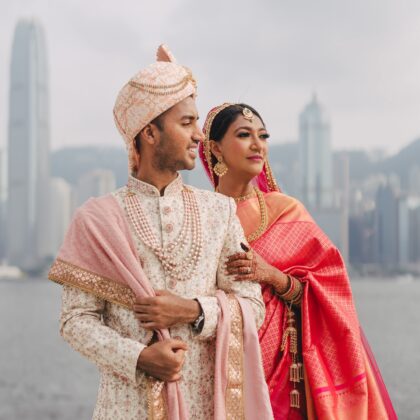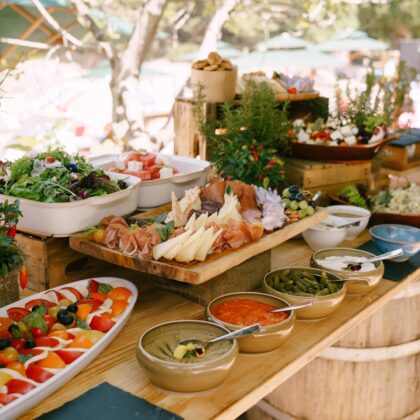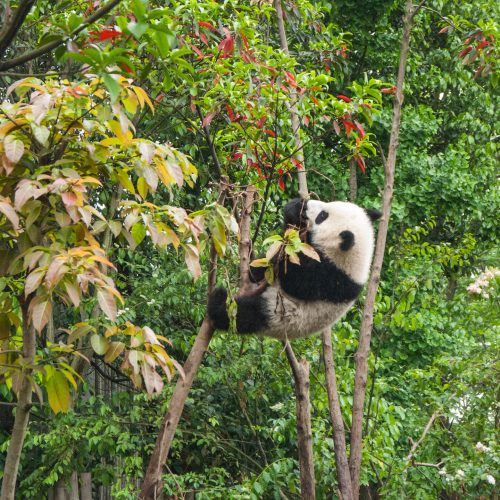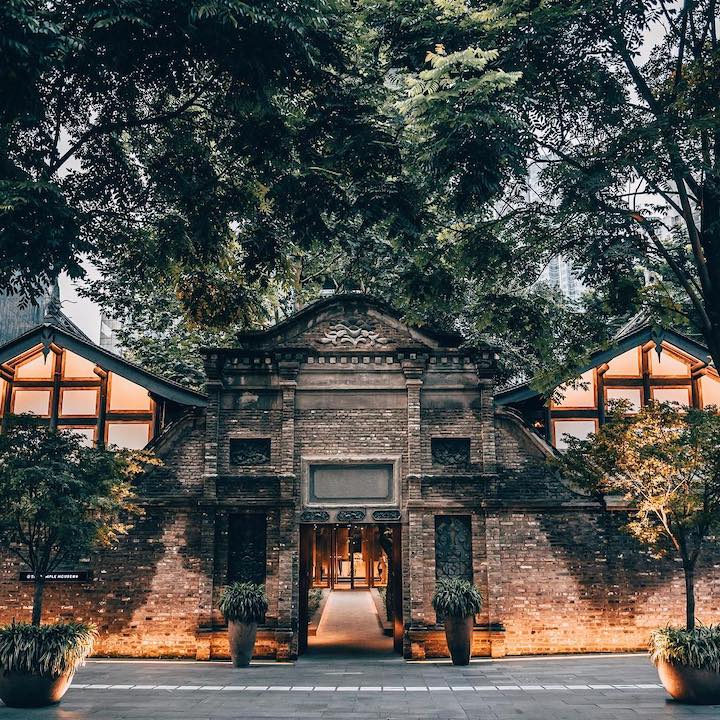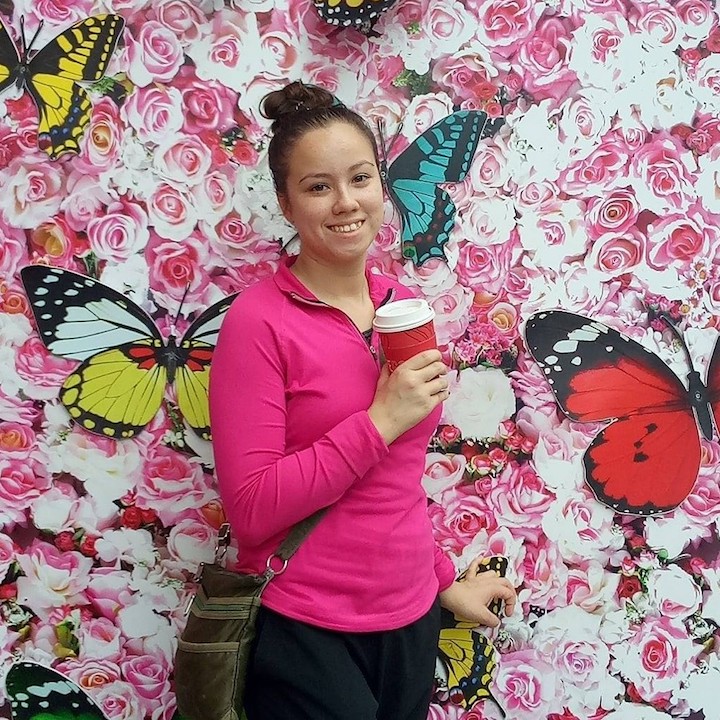If you’re travelling to Chengdu, we’ve lined up the best things to see in the city known for its pandas and peppercorns.
With mainland China just across the border, there are plenty of travel opportunities right on our doorstep that we tend to overlook. As a city of 14 million people and the capital of Sichuan Province, Chengdu is home to the adorable Giant Panda bear and the Sichuan peppercorn. It’s also less than a 3-hour flight from Hong Kong, making it a perfect weekend getaway. Check out our Guide to Chengdu for tips on where to eat, where to stay, and what to do in one of China’s most welcoming destinations.
Read more: 48 Hours In Chengdu: The Ultimate Foodie Guide
Jump links:
Where to Stay
What to Do
What to Eat
Key Chinese Phrases
Things to Note:
The best time to visit Chengdu is from March to June, before the rainy season sets in, or September to November, before it gets too cold!
China can be a bit tricky for non-Mandarin speakers, but Chengdu is a laid-back and friendly city. Have your hotel write your destination out in Chinese to show taxi drivers, and keep a card with the hotel’s address written in Chinese in your purse, and you’ll be all set. Also, most nationalities require a Chinese visa to visit, so be sure to apply at least a month in advance.
Where to Stay:
The Temple House
You won’t have to sacrifice on comfort during your visit to Chengdu. Swire Hotels (of The Upper House fame) opened The Temple House in Chengdu in 2015, and the boutique hotel has been offering guests an unforgettable experience ever since. The hotel is a converted Qing dynasty courtyard building that interweaves Chengdu’s rich history and culture. The rooms are sleek and comfortable, and there’s a trendy cocktail bar downstairs where you can unwind after a long day of sightseeing. Also offered by the hotel is the Check into Chengdu discovery experience, to help you explore one of China’s most talked about, emerging cities. The experience includes a 1 hour bamboo massage, all-inclusive daily breakfast, and a one time MI XUN Teahouse Vegetarian Hot Pot for two.
The Temple House,No. 81 Bitieshi Street, Jinjiang District, Chengdu, 成都市锦江区Bitieshi街81号, www.thetemplehousehotel.com
The Hotel Zen Urban Resort
Far from average, this particular hotel is zen-themed and features beautiful authentic Chinese designs. You can expect a well-designed hotel room with a peaceful ambiance. The hotel is near a river and is centrally located near Xinnanmen bus station.
The Hotel Zen Urban Resort, No.14 Longjiang Road, Wuhou 610042 Chengdu, China, 中国成都市武侯龙江路14号610042, www.zenurbanresort.com
Tibet Hotel Chengdu
As its name suggests, this hotel is heavily influenced by Tibetan culture. The 5-star colours and decor will make you feel as though you’ve stepped out of China and into Lhasa’s Potala Palace. There is Tibetan singing and dancing in the lobby bar during the evenings, as well as Tibetan food and a souvenir shop to top off the experience.
Tibet Hotel Chengdu,No. 10 North Renmin Road, Chengdu, 成都人民北路一段10号, www.tibethotelchengdu.cn
Jinjiang Hotel
Located on the bank of the river, the Sichuan Jinjiang Hotel is known as the “Garden Hotel” and is a dazzling gem in Chengdu for those who are looking for a first-class experience. The hotel features more than 700 rooms/suites and 9 restaurants, serving up both Eastern and Western cuisine.
Jinjiang Hotel, No. 80, Section 2, Renmin South Road, Jinjiang District, 晋江区人民南路二段80号, www.jjhotel.com.
Chengdu Dragon Town Sichuan Style Hostel
As far as hostels go, this one is more on the pleasant and comfier side for those on a tight budget. The hostel is most notably loved for its location, which is on a street lined with bars, restaurants and shops. If you’re looking for comfort, convenience and a chance to meet other travellers, then this is the ideal place for you.
Chengdu Dragon Town Sichuan Style Hostel,No. 26 Kuan Xiangzi Street, Chengdu, 成都市宽巷子街26号
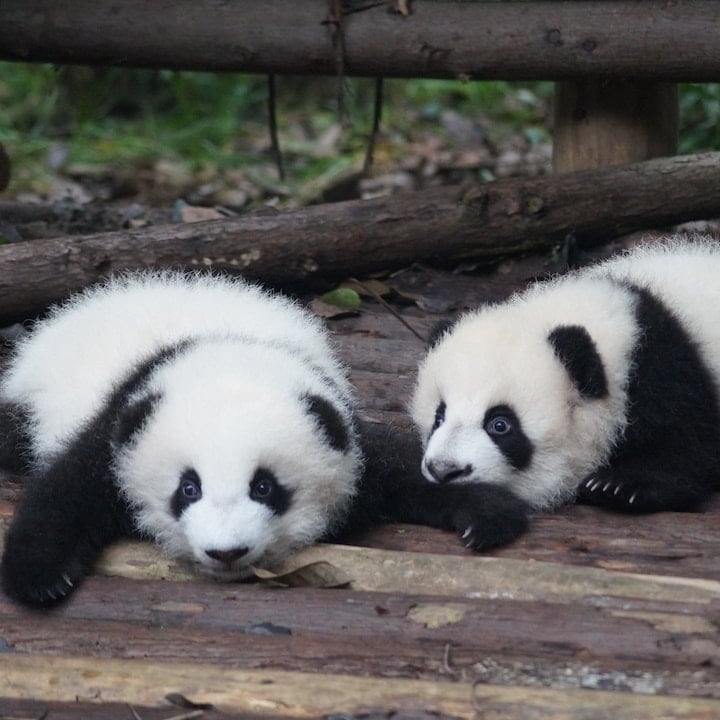
What to Do:
The Chengdu Research Base of Giant Panda Breeding
You can’t visit Chengdu without paying a visit to the city’s most famous residents, the Giant Pandas. There are less than 2,000 pandas left in the wild, but there are several panda conservation centres in and around the area where you can see the cuddly creatures. Be sure to visit in the morning, when the pandas are at their most active! Grab a cappuccino and a croissant from the hotel café and jump in a taxi for a short drive to the base, which opens at 7:30am. Plan to spend at least an hour or two swooning over the baby pandas and getting a few, or a few hundred (guilty), shots for your Instagram feed. You can actually get up close and personal with a panda if you’re willing to trek further afield. Dujiangyan Giant Panda Center is about an hour and a half’s drive outside Chengdu, where you can book a whole-day panda experience and learn all about panda care, and even have your photo taken with your new furry friends. To avoid disappointment, book in advance as a limited number of visitors are allowed each day. Note that panda hugs don’t come cheap, prices start upwards of HK$1,800!
Mount Qingcheng
Conveniently located next to the Dujiangyan Center is Mount Qingcheng where you can walk to the top of this scenic hill in two hours and check out Taoist temples along the way. Entrance fee is ¥20 for adults. For ¥80, there’s also the option of a cable car to the top if you prefer to take it all in from above.
Mount Qingcheng, Qingcheng Mountain Town, Chengdu 611844, China, 成都市青城山镇611844
Tibetan Quarter
Sichuan Province neighbours Tibet and about 30,000 Tibetans live in Chengdu. Although it’s only a few streets wide, the Tibetan Quarter is definitely worth a visit. You can shop for Tibetan knick-knacks, watch monks go about their daily shopping, and snack on some momos, the Tibetan version of dumplings (yes, please). The Tibetan Quarter is right next to a shopping street called Jin Li Street. We found this area a bit touristy, but if you’re looking for panda souvenirs, you won’t be disappointed!
Tibetan Quarter, Wuhou Ci Dong Jie, 成都市武侯祠东街
Leshan Giant Buddha
This particular site happens to be the world’s largest carved stone Buddha and has earned itself a spot on the UNESCO list of World Heritage sites. The giant Buddha is unique, not only for its size but also in its architectural artistry. Skilfully embedded on the Buddha’s head are 1,021 buns that make up its coiled hair. There are two different paths to take to the Leshan Giant Buddha. You can start from the head of the sculpture and make your way down to the feet, or you can view it from afar on a ferry. There is an ¥80 entrance fee for adults.
Leshan Giant Buddha, No 2435 Lingyun Street, Shizhong District, Leshan 614000, China. 乐山大佛
Du Fu Thatched Cottage
In the place of what was once home to Chinese poet Du Fu during the Tang Dynasty, is now a re-constructed cottage in memory of him. On the walls of the house you will find many of Du Fu’s poems, written beautifully in Chinese calligraphy. Surrounding the cottage are charming gardens and lovely ponds that make for a relaxing and scenic stroll.
Du Fu Thatched Cottage, No. 37, Qinghua Road, Qingyang District, 庆阳区清华路37号
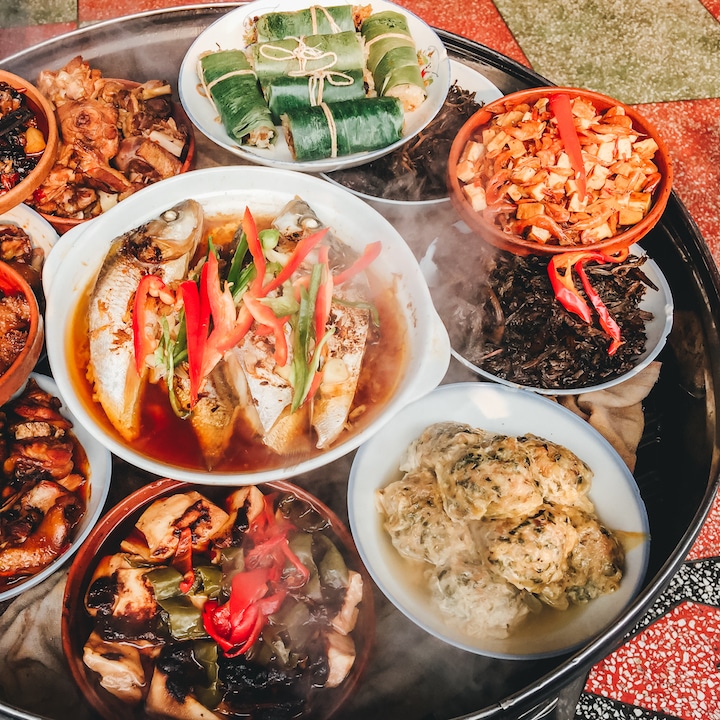
Where to Eat:
You’ll be overwhelmed by delicious food options. In fact, Chengdu was named a UNESCO City of Gastronomy in 2010 for this very reason!
Lao Ma Tou
Hotpot is a local specialty, and it’s a must-try if you can take the heat. We chose Lao Ma Tou, a spot close to the hotel that’s popular with tourists and locals alike. If a pot full of boiling chilli intimidates you, you can split the pan and order a non-spicy broth on one side. For hotpot novices, the waitresses will help you cook and serve you when your ingredients are ready to eat. Lao Ma Tou’s dan dan mian (noodles in a spicy peanut broth) is also amazing.
Lao Ma Tou, #27 Yu Lin Zhong Lu, Chengdu, China, 庆阳区清华路37号
Yu’s Family Kitchen
Although it’s a bit of a drive, Yu’s Family Kitchen is worth visiting for dinner. Chef Yu Bo is said to be one of the most innovative chefs in China, and his unique menu doesn’t disappoint. Highlights include a red-bean dumpling shaped like a tiny hedgehog (dough spikes and all), melt-in-your-mouth pork belly, and a calligraphy brush with an edible dumpling “brush,” served with tomato sauce “paint” for dipping. A meal of cold appetisers and 12 to 15 hot dishes will set you back about ¥660. The chef is happy to accommodate dietary requests if you let him know in advance.
Yu’s Family Kitchen, No.43, Zhaizizi, Xiatong Renlu, Chengdu, China, 中国成都市夏桐人路寨子子43号
Yu Zhi Lan
Why come all the way to Chengdu to settle for one Sichuan dish when you can have a 25-course dinner? This intimate restaurant has only 18 seats and offers a rare experience for diners to explore masterful preparations of different spices and flavours from the minimalist chef, Chef Lan Guijun. The meal consists of both hot and cold dishes using lavish ingredients like black truffle and birds nest.
Yu Zhi Lan, No.24 Changfa Street, Qingyang District, Chengdu, China, 中国成都市青羊区长发街24号
Zaozishu Vegetarian Restaurant
Zaozishu which literally translates to “jujube tree” is a delicious vegetarian restaurant located in the heart of Chengdu. A refuge from the very spicy Sichuan cuisine, this particular restaurant is a dream come true for Sichuan vegetarian lovers. With many mock meat and fish options to choose from, Zaozishu puts a creative twist on typical Chinese meat dishes.
Zaozishu Vegetarian Restaurant, 27 Qinglong Street, Qingyang District, | 4th Floor, Platinum Age City, Chengdu, 青羊区青龙街27号成都白金时代城4楼
Wen Ya Zi
Located almost directly across from Lao Ma Tou is Wen Ya Zi, a restaurant that is an expert in all things duck. Whether the duck is grilled, stewed, steamed or braised, you will discover that Beijing duck has some competition. The tea-smoked duck is a customer favourite.
Wen Ya Zi, Jin Sha Road 8, Chengdu: Jin Sha Road 8, Chengdu, 成都金沙路8号
Key Chinese Phrases:
- 你好 Nǐ hǎo – Hello
- 早上好 Zǎoshang hǎo – Good morning!
- 下午好 Xiàwǔ hǎo – Good afternoon!
- 谢谢 Xièxiè – Thank you.
- 你叫什么名字 Nǐ jiào shénme míngzì – What’s your name?
- 我的名字是 … Wǒ de míngzì shì – My name is…
- 我要这个 Wǒ yào zhège – I want this.
- 我要那个 Wǒ yào nàgè – I want that.
- 这个多少钱 Zhège duōshǎo qián – How much is this?
- 我 听不懂 Wǒ tīng bù dǒng – I do not understand.
- 浴室在哪里 Yùshì zài nǎlǐ? – Where’s the bathroom?
- 我可以看一下菜单吗? Wǒ kěyǐ kàn yī xià càidān ma? – May I have the menu?
- 你有这个吗? Nǐ yǒu zhège ma? – Do you have this?
- 我不能吃 … Wǒ bùnéng chī… – I can’t eat…
- 我对此过敏… Wǒ duì cǐ guòmǐn – I’m allergic to…
- 这很美味 Zhè hěn měiwèi – It’s delicious!
- 别客气 Bié kèqì – You’re welcome.
- 我来付吧 Wǒ lái fù ba – I want to pay.
- 我可以使用我的信用卡吗?Wǒ kěyǐ shǐyòng wǒ de xìnyòngkǎ ma? – Can I use my credit card?
If you’ve made it this far into our Chengdu guide then you can consider yourself more than prepared for your journey to the Sichuan city. Whether you plan on hugging a baby panda or taking on a bowl of spicy Lao Ma Tou, there’s plenty in store. Last but not least, enjoy your travels and make the most of everything Chengdu has to offer!
image #1 courtesy of The Temple House via Instagram , image #2 courtesy of Pascal Muller via Unsplash, image #3 courtesy of Getty


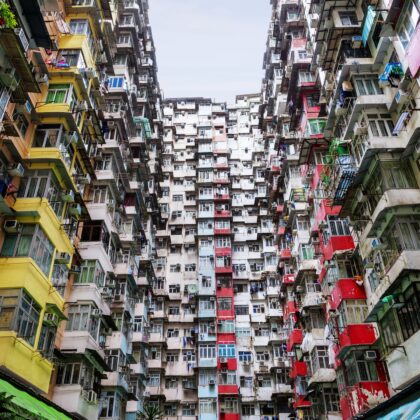

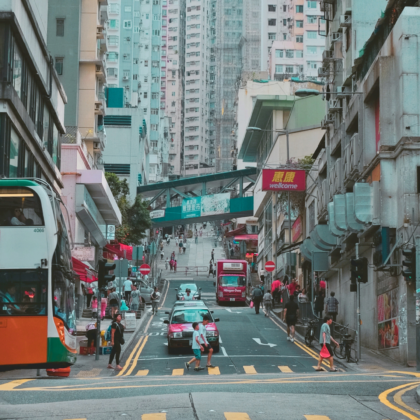
 Eat & Drink
Eat & Drink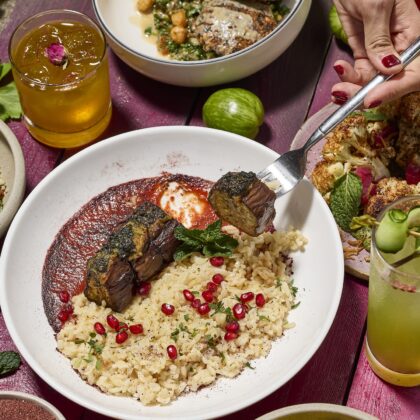
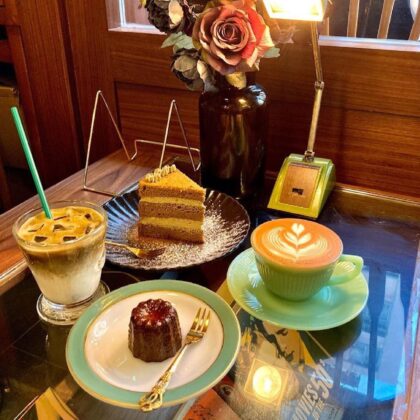
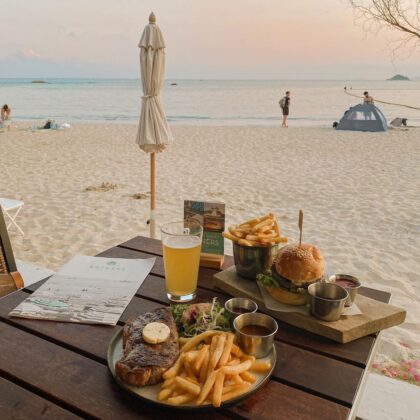
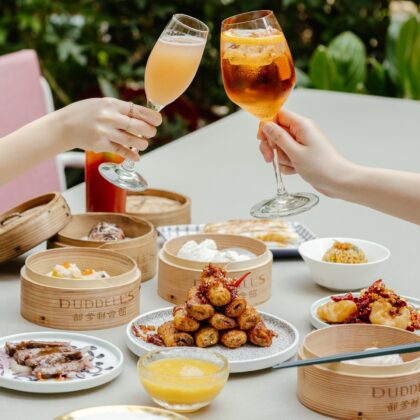
 Travel
Travel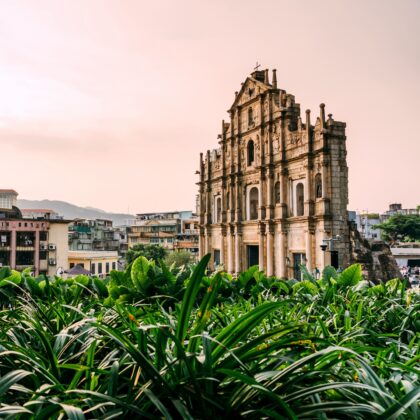
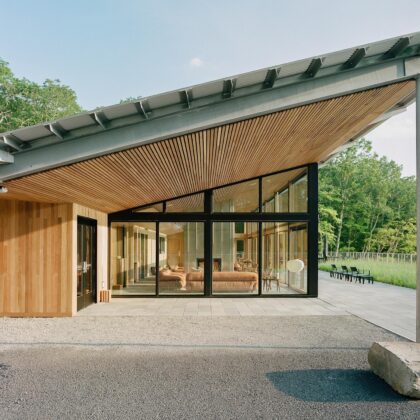
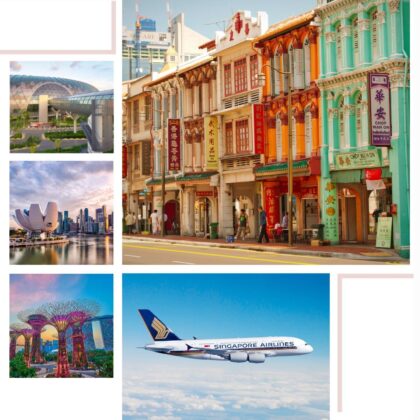
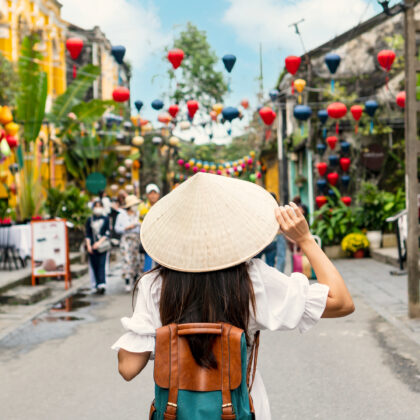
 Style
Style
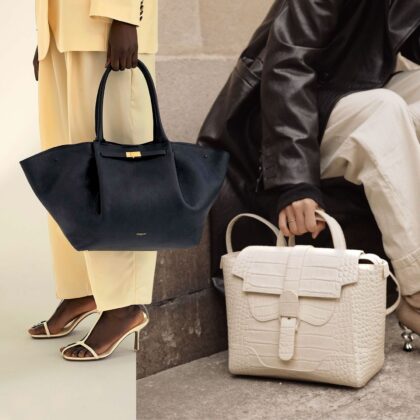


 Beauty
Beauty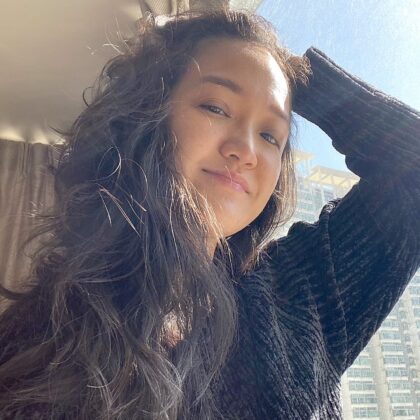

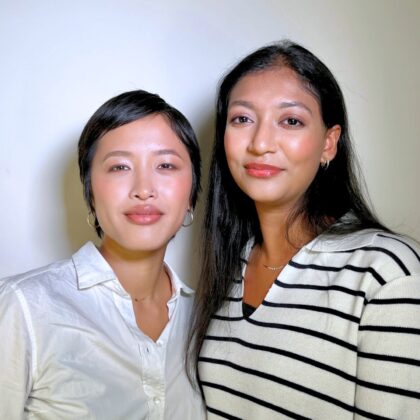

 Health & Wellness
Health & Wellness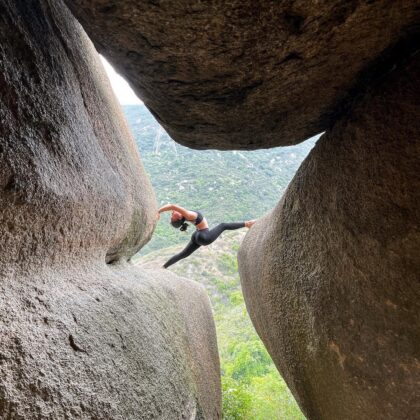
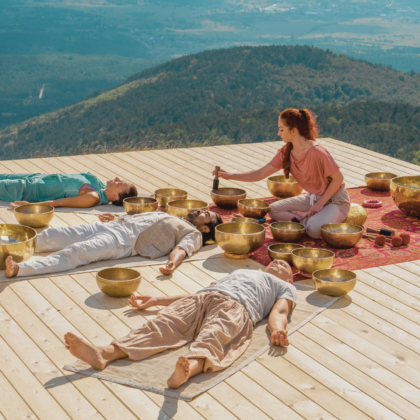

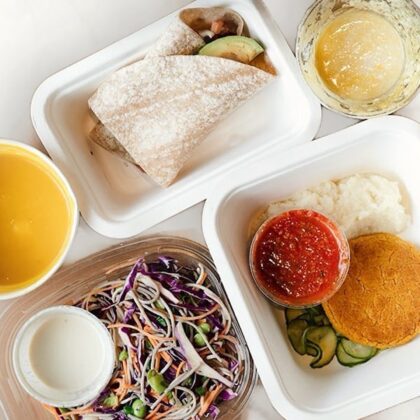
 Home & Decor
Home & Decor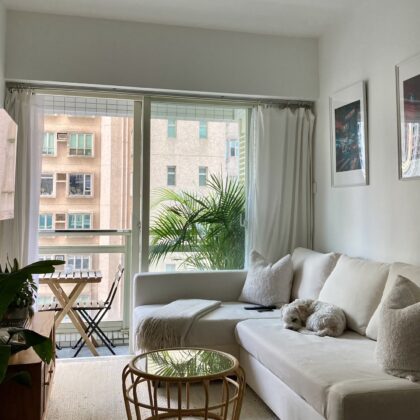


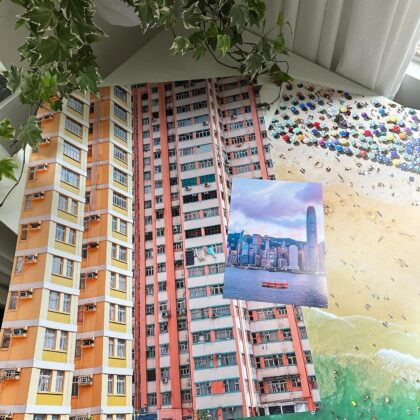
 Lifestyle
Lifestyle
 Weddings
Weddings